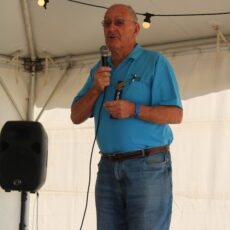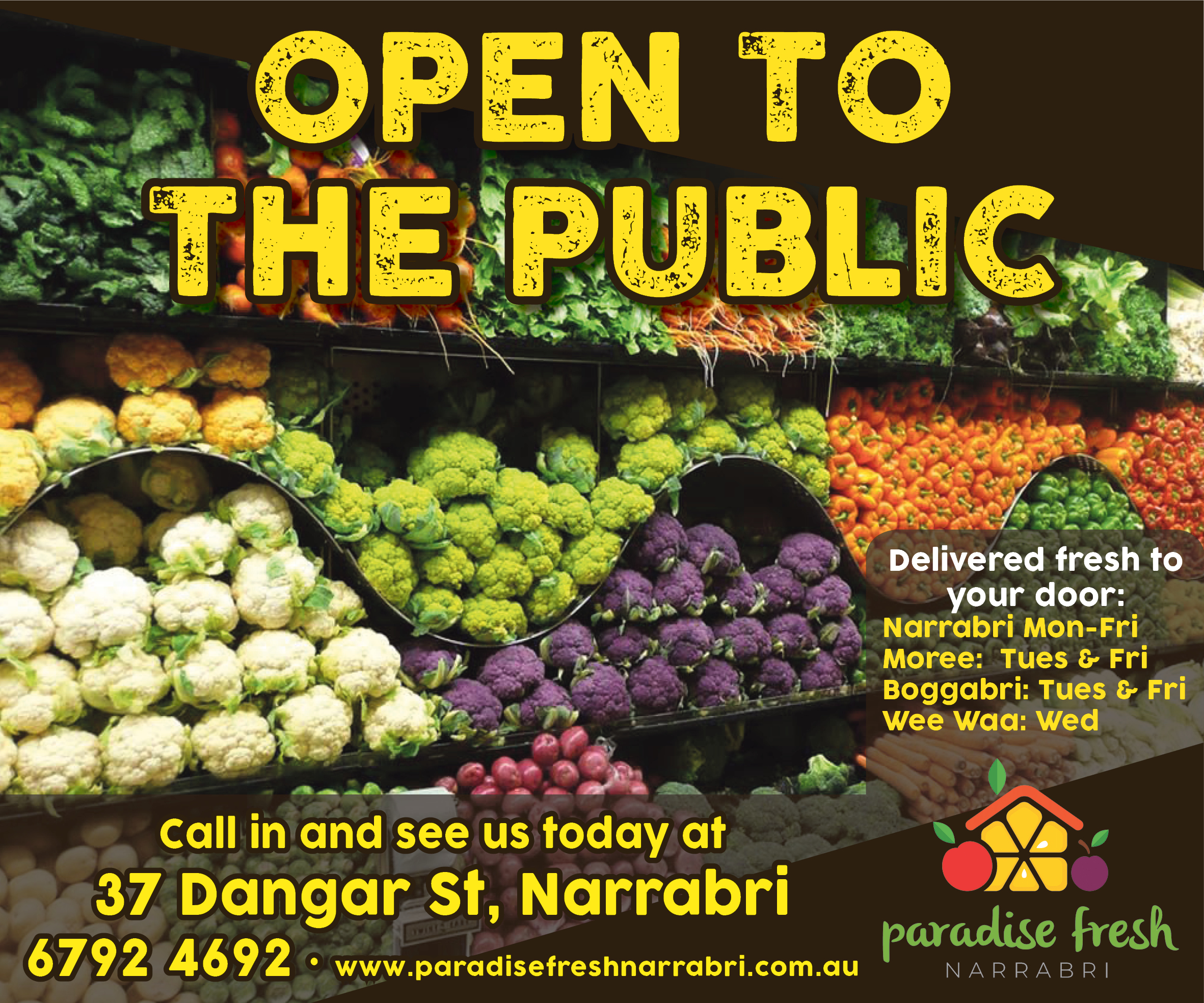‘Are we there yet?’
We know that question. We have asked that question – on childhood drives, on tractors and headers, in medical treatment, on work days.
It is the title of a wonderful children’s book. It is the sound of long summer holiday drives. It is the current advertising tag of a major producer of motor vehicles and other technology.
Let me be blunt – it is the question many of us have asked this year. During the drought, we asked it. During the bushfires, we asked it. And, as COVID-19 hit, we asked it – ‘Are we there yet?’
When we think about it, it is really the question of life. It is a question that unpacks life. It encourages us to think about the trajectory of life – ‘Where am I going?’ It forces us to consider the choices we make in life – ‘Where will this take me?’ It takes us to the purpose of life – ‘Why am I here, and where am I going?’
It leads us to the bookends of life, especially its end – ‘Why is there death? Is death the end?’ It even puts before us the impact we have in life – ‘What is my legacy as I blaze through the world?’
It seems to me that there are two pretty standard answers to that question.
On the one hand, ‘Are we there yet?’ is answered by ‘This is all there is’. Put simply, death is the end of life – there is nothing afterwards. That means that these four score years you have on earth are all there is – this IS the destination. So, make the most of it because we are going nowhere else.
This answer means that people live in the now, and that can sometimes be a good thing. But it is an answer that offers no comfort to the grief of death, the pain and joy of emotion, and the importance of relationship. I mean, if this is it, if this is as good as it gets, then why think of others, why deal with emotions, why ponder the questions of purpose and meaning and legacy?
On the other hand, ‘Are we there yet?’ is answered by the ‘Onward and upward – the journey is one of inevitable progress and improvement at the hands of humanity’. A slightly longer answer, this is the one given in that car ad I mentioned earlier. The journey is one of inevitable human progress as we conquer everything in our path, all obstacles, through human ingenuity and intelligence. We don’t know the destination, but it will be grand and wonderful, because we made it.
This answer gives a level of hope and optimism in life. It gives a level of value to the human nature. It gives a tenuous framework for society and relationship. But it still does not recognise the simultaneous pain and destruction and instability that goes with human progress – just look at war, famine, bushfire, inequality,
poverty and – the greatest of all enemies – death. It does not recognise the ability of a microscopic virus to stymie all humanity!
Is there a third way? Not a middle way, but another completely different way of answering that question, one that covers both the futility and magnificence of life, both its utter consistency and seeming contradiction?
I think there is – and it is the answer of the Bible. This is a book unlike any other. It is an intervention to drag us humans from the despair of ‘This is all there is’ and to tear us away from the pride and arrogance of ‘Onward and upward’. In this book we are confronted by all the big questions and daily struggles we all face – and it makes sense of both life and death.
As we wait for COVID-19 to finish, for this year to end, why don’t you take time to look at the Bible and see what it says about, ‘Are we there yet?’
Rev Bernard Gabbott, Narrabri Anglican Church
To order photos from this page click here






